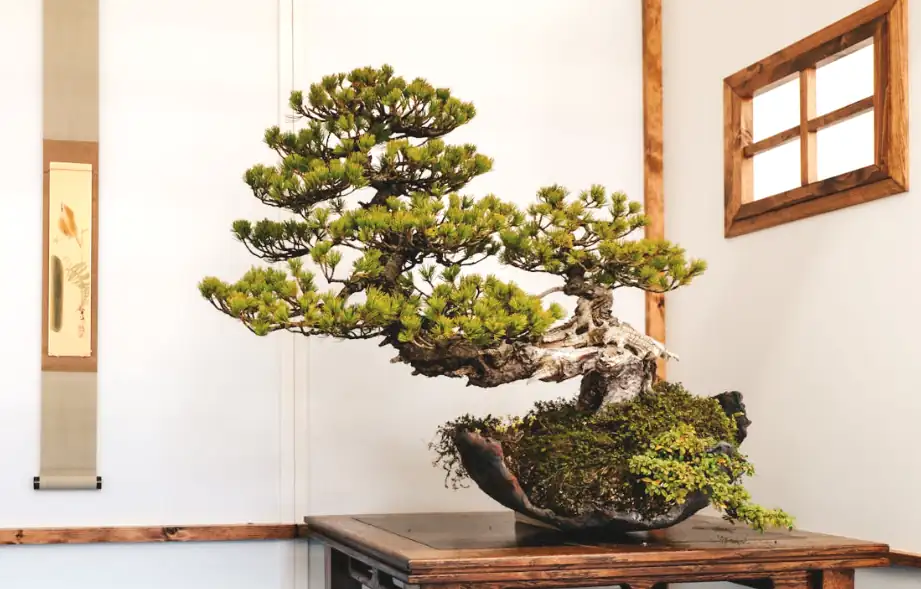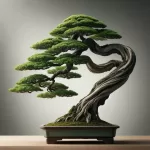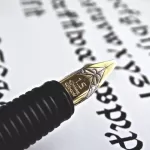Bonsai is a fascinating art form that combines horticulture, aesthetics, and creativity. To grow and shape your own miniature trees, you need some essential bonsai tools that will help you with various tasks such as pruning, wiring, repotting, and carving. In this post, we will introduce you to seven must-have bonsai tools and their uses. Whether you are a beginner or an advanced bonsai enthusiast, these tools will make your life easier and your bonsai more beautiful.
1. Bonsai Shears
Pruning shears are one of the most important bonsai tools you will need. They are used to cut off unwanted branches, leaves, and buds from your bonsai. Pruning shears help you shape your bonsai and control its growth.
There are different types of pruning shears, such as straight-blade, curved-blade, or spherical-blade. The best type for beginners is the straight-blade pruning shears, as they are versatile and easy to use. They can cut through thin and thick branches with ease and precision.
When choosing pruning shears, look for ones that are sharp, sturdy, and comfortable to hold. You should also clean and oil them regularly to prevent rust and dullness.
2. Concave Cutters
Concave cutters are another essential bonsai tool that you will use frequently. They are similar to pruning shears, but they have a concave shape that creates a hollow cut when you remove a branch from your bonsai.
The advantage of using concave cutters is that they leave a smooth wound that heals faster and more naturally than a flat cut. This prevents unsightly scars and bumps on your bonsai trunk or branches.
Concave cutters come in different sizes and angles, depending on the thickness and angle of the branch you want to cut. You should have at least two sizes of concave cutters in your toolkit: a small one for thin branches and a large one for thick branches.
3. Wire Cutters
Wire cutters are one of the must-have bonsai tools for wiring and training your bonsai. Wiring is a technique that involves wrapping wire around the trunk or branches of your bonsai and then bending them to change their direction or shape. Wiring can help you create curves, angles, or movement in your bonsai that would otherwise take years to achieve.
Wire cutters are specially designed with a rounded head and jaws that cut wire symmetrically. They are the best tool to avoid damaging your bonsai when removing the wire. You should never use hardware store wire cutters as they can injure the bark or wood of your tree.
4. Root Hook
A root hook is a tool that helps you with repotting your bonsai. Repotting is a process that involves removing your bonsai from its pot, trimming its roots, and placing it in a new pot with fresh soil. Repotting is necessary to prevent root rot, maintain soil quality, and control the size of your bonsai.
A root hook is used to loosen the soil and comb out the roots of your bonsai before trimming them. It can also help you remove old or compacted soil from the root ball and aerate it for better water absorption and drainage.
5. Root Rake
A root rake is another tool that assists you with repotting your bonsai. It is similar to a root hook but has multiple prongs instead of one. A root rake is effective for removing soil around the roots and stirring up soil for aeration or weeding.
A root rake can also have a symmetrical spatula at the other end that helps you tamp soil around the base of your bonsai or free up soil at the edge of a pot when transplanting your bonsai.
6. Knob Cutter
A knob cutter is a tool that can remove a lot of wood quickly while still being precise enough to shape the final surface cut on the trunk or branch. The cutting blades of the knob cutter are shaped like two halves of a sphere, which allow the tool to bite into wood aggressively.
A knob cutter can be used for creating hollows or depressions on your bonsai for a more aged appearance. It can also be used for removing knobs or stubs left by previous cuts or for refining jin or shari.
7. Carving Tools
Carving tools are optional but useful tools for creating deadwood effects on your bonsai. Deadwood refers to parts of the tree that have died naturally or artificially due to environmental factors or human intervention. Deadwood can add character and realism to your bonsai by mimicking nature.
Carving tools include knives, chisels, gouges, rasps, files, drills, or rotary tools. They can help you carve, sculpt, or smooth the wood of your bonsai to create jin, shari, or uro (hollows). Carving tools require skill and caution to use, so make sure you practice on some spare wood before applying them to your bonsai.
If you are just starting out with bonsai and don’t have any of these tools yet, don’t worry. You can buy a starter pack that contains all the basic tools you need for a reasonable price. A starter pack is a great way to get familiar with the different tools and their functions without breaking the bank. You can always upgrade or add more tools later as you progress in your bonsai journey.
These are the seven must-have bonsai tools that will help you grow and shape your own miniature trees. Of course, there are many more tools that you can use for different purposes, such as brushes, tweezers, pliers, saws, or scissors. But these seven tools are the most essential and versatile ones that you should have in your bonsai tool kit.
We hope you enjoyed this post and learned something new about bonsai tools. If you have any questions or comments, feel free to leave them below. Happy bonsai growing!







